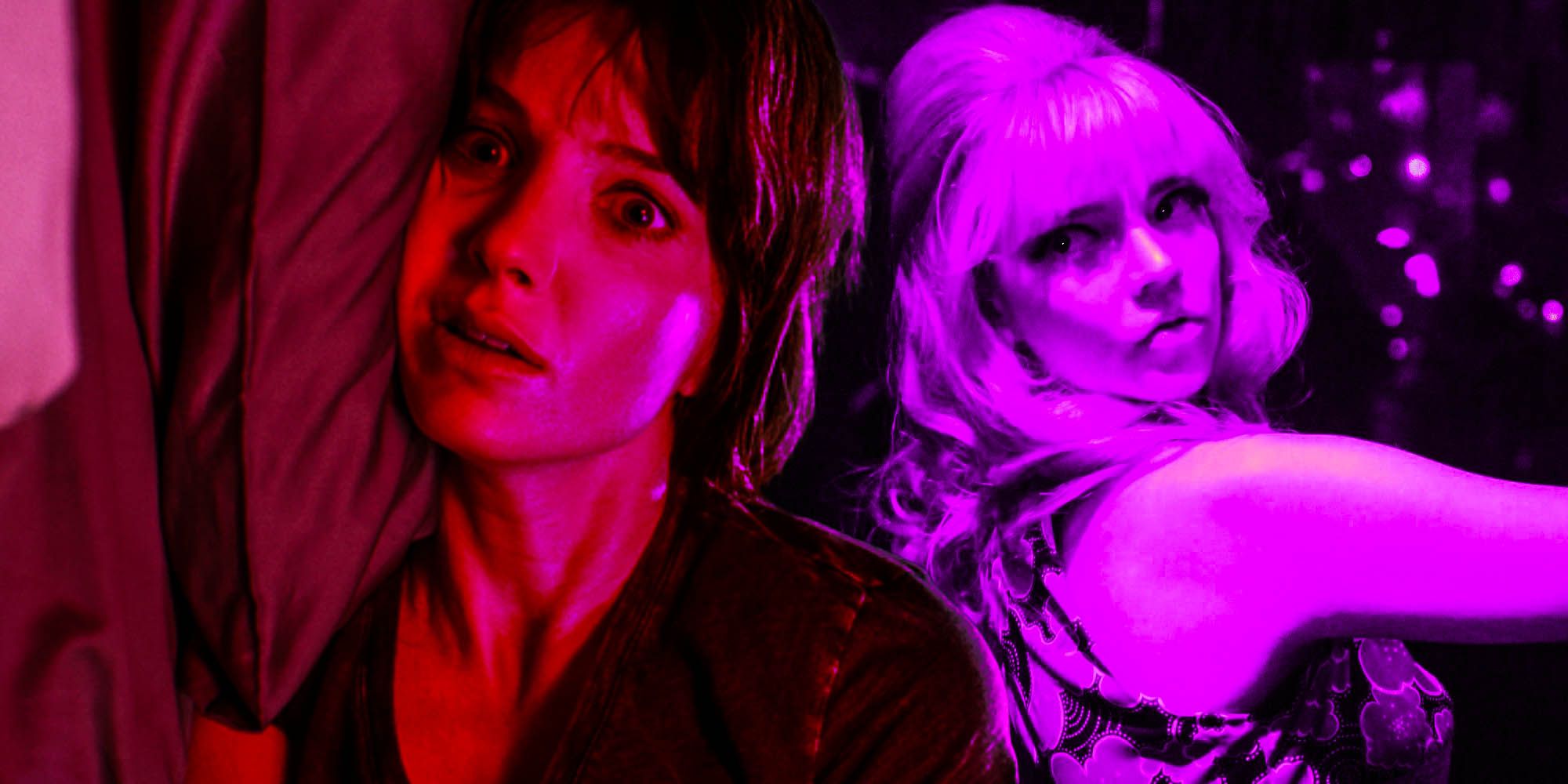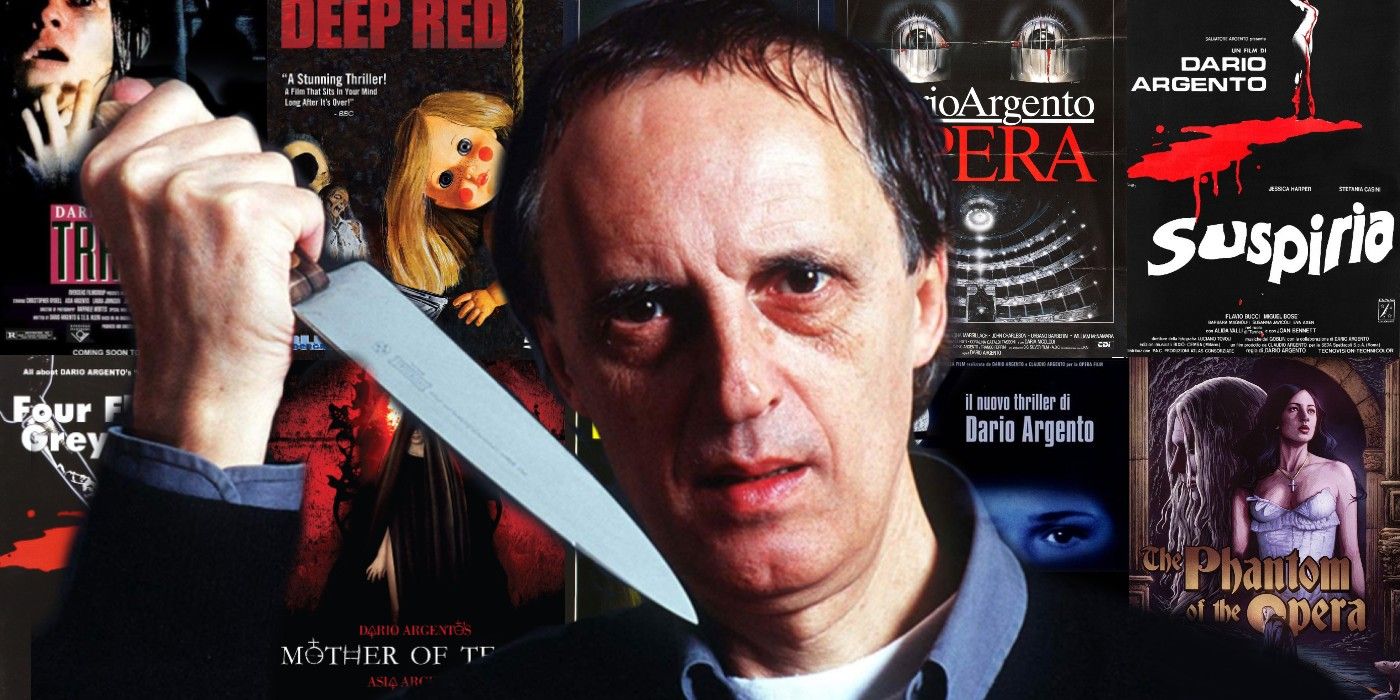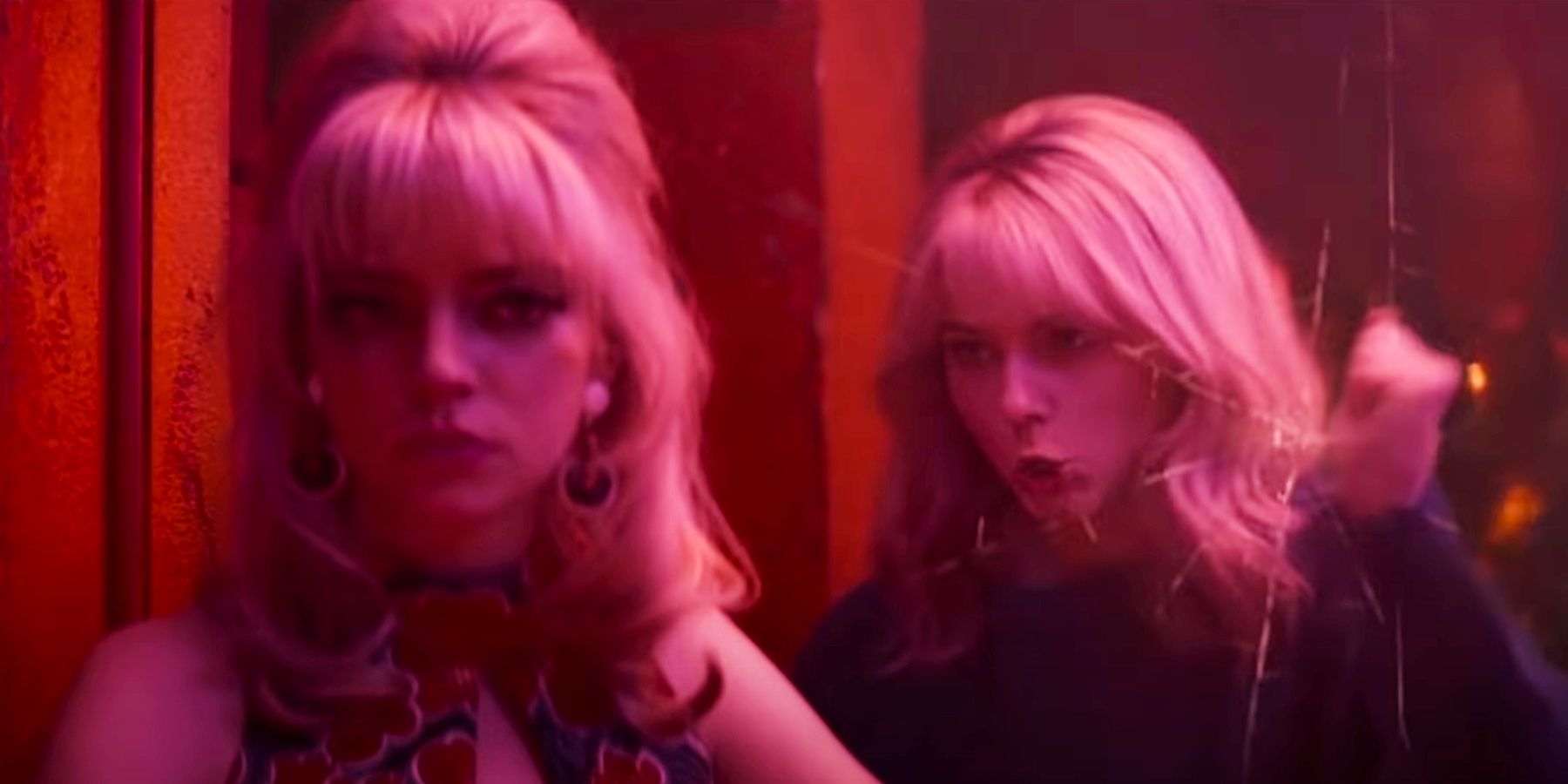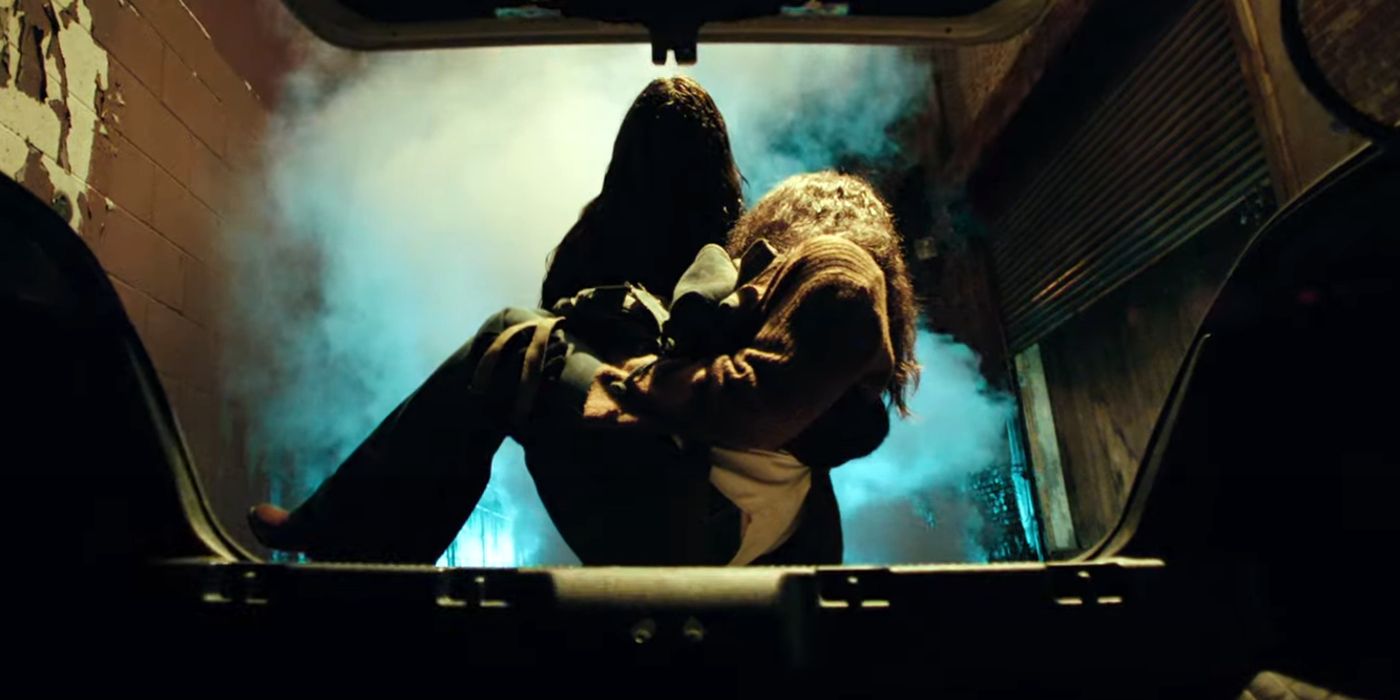
Both James Wan’s Malignant and the forthcoming Edgar Wright horror Last Night In Soho owe a creative debt to the Giallo sub-genre, and reviving this influential style could be a major boost for upcoming horror projects. Wan made a name for himself with the massive indie hit Saw in 2004 before helming not one, but two other franchise-spawning horror blockbusters in 2010’s Insidious and 2013’s The Conjuring. However, Wan’s most recent outing Malignant is a departure from his usual style and harkens back to an older era of genre filmmaking.
With more surreal psychological elements and fewer jump scares, Malignant eschews Wan’s signature style in favor of the Giallo formula. While the semi-obscure Italian sub-genre may not be the most obvious candidate for a mainstream revival in the 2020s, Wan is not alone in bringing the type of horror immortalized onscreen by Mario Bava and Dario Argento back to the multiplex. Wright’s Last Night In Soho also borrows most of its style and story elements from classic Giallo movies and between them, the two influential helmers seem set on bringing back Giallo in a big way.
Both Malignant and Last Night In Soho are high-profile projects that visually and thematically tap into the recurring tropes seen in the Italian genre that dominated the country’s horror movies throughout the ‘70s. However, like the recent slasher movie revival, these two horror mysteries are not content to simply update the sub-genre for contemporary audiences. Giallo movies were deeply of their time and so are both Malignant and Last Night In Soho, whose aesthetics borrow from the sub-genre but whose stories offer more insight into the minds of their respective heroines than many Giallo movies managed.

Peaking in popularity during the ‘70s and '80s, Giallo films were an odd genre-hybrid that, despite initially being unique to Italian horror, soon came to have an influence on horror cinema as a whole. Dating back to the early ‘60s, the first Giallo mysteries were named after the cheap yellow paper their pulp fiction inspirations were printed on. Essentially a mix of police procedurals, whodunnits, and gory slasher movies, Giallo typically featured an unseen killer picking off (usually female) victims one-by-one in elaborately staged death sequences. Famous for pushing the envelope in terms of onscreen bloodshed, movies like The Bird With the Crystal Plumage and Blood And Black Lace also featured lush, visually opulent sets and costumes, with the colorful set dressing often being as dramatic as the brutal violence.
The content of Giallo movies varied, with a select few featuring supernatural elements and others - including Hatchet For the Honeymoon and A Bay of Blood - twisting the conventions of the sub-genre by revealing the killer early or adding in elements like black comedy. However, the typical Giallo movie featured an almost oppressively intense atmosphere of paranoia, cynicism, and bleakness despite their colorful sets and gaudy costumes. Like later slasher movies such as Scream, the entire cast was usually suspects and no character was too innocent to be unmasked as the killer, making it easier for audiences to stomach the graphic deaths, as they befell often cartoonishly amoral characters.

Malignant’s premise (a young woman is forced to watch strangers being murdered in visions that plague her, but can’t work out how to track down the monster responsible) is a subversion of classic Giallo setups. Rather than the heroine being a hardened cop or an amoral potential suspect, she is an innocent victim who can only guess at her connection to the murders. Similarly, this time around, the audience is not watching the spectacular killings from a comfortable distance but is instead forced to watch the heroine, frozen and unable to intervene, as she sees characters she has never met being killed off. Like A Nightmare On Elm Street, Friday the 13th, and the many other slasher franchises whose formula the genre influenced, Giallo movies often left viewers not-so-secretly rooting for the killer and awaiting the next spectacularly gory demise. Malignant, however, forces viewers to challenge this by trapping them in the mind of a heroine who wants to stop this carnage but is incapable of doing so.
Similarly, the plot of Last Night In Soho both borrows from and riffs on classic Giallo tropes in its twisty mystery. When a young fashion student (Thomasin Kenzie) falls asleep in her London apartment, she finds herself in the swinging ‘60s, transported into the body of a glamorous young singer (future Furiosa Anya Taylor-Joy). However, it’s not long before her nightly sojourns to the titular borough are intruded upon by murder as the heroine discovers this singer’s story may not end well. Again, the glamorous high camp aesthetic of Giallo is on full display in Last Night In Soho’s promotional materials, but Wright’s movie forces viewers to spend time with and see through the eyes of a character who would, in most of the sub-genres outings, be a disposable victim. Some of the best Giallo movies, such as Four Flies On Grey Velvet, gave viewers an insight into the internal worlds of their heroines, but this was generally reserved for more paranormal outings like Suspiria. In many Giallo movies, female characters were essentially props for impressive death scenes, something that Last Night In Soho’s story deconstructs.

The recent revivals of the Candyman, Halloween, and Child’s Play franchises proves there is a substantial appetite for slasher horror among viewers, and while Giallo movies might be a slightly more niche sort of horror, Malignant and Last Night In Soho’s stories prove there is room for directors to bring back the genre with verve. While somewhat infamous thanks to their intense gore and lurid titles, Giallo movies were an essential building block in horror cinema history and paved the way for the slasher boom. Their visual stylings remain striking to this day and bringing back elements of the sub-genre could inject some style into contemporary horror’s aesthetic, while their simple story structure provides (as proven by Malignant and Last Night In Soho) plenty of room for reinvention and subversion.
from ScreenRant - Feed https://ift.tt/3k57kuE

0 Comments